![]()
The following is an article that was reprinted with permission from GONZOSKS1 from Survivor's SKS Boards................THANKS!!
.
Differences evident in SKS-M rifles . . ...
as compared to the regular SKS.
I REALLY like the SKS-M model. It has all the things I love
about the regular SKS, plus cheap full capacity magazine availability.
Dressed in the Monte-Carlo stock and sporting 5 round mags (converted to
hold 10 rounds by installation of the TAPCO followers), they are handsome
guns and don't have quite the "evil" look at the range as, for example, an
AK variant might have.
I thought it might be informational if I posted all of the "differences"
I've notice as compared to a regular Norinco SKS. I may update this post
with pictures once I get a new digital camera to replace the one I no longer
own. (Have I mentioned that divorce sucks?)
This post speaks only to the rifle commonly known as the "SKS-M" model,
which is the post-89 import approved version. Its found with both a nice
monte-carlo stock and (generally regarded as lame) wood thumbhole stock.
I've never owned (or fondled) an SKS-D and I understand they handled some
things differently, so that variety isn't addressed here.
General Specs:
Before getting into the "differences" and enhancements, lets talk general
specs. The SKS-M rifle is of Chinese origin, and sports a 16" barrel. Its
claim to fame, of course, is that it has the ability to accept standard
AK-47 magazines. It does not have a bayo lug, but only a "nub" with a spring
loaded mechanism inside where the lug would normally be. This allows
retention of a cleaning rod, a function ordinarily provided by the bayonet
itself. All SKS-Ms that I've seen utilize "stamped" trigger groups and
pinned barrels. I've seen these stamped "SKS-M" or "SKS SPORTER" or just
"SKS" on the receiver. The serial number is usually prefixed by a two figure
manufacture year indicator. Generally, the receiver, bolt, and carrier are
serialized to match. The trigger groups on these do not have serial numbers.
In the rifles I've seen, nor do the gas pistons or tubes. The monte carlo
style stocks are generally "blonde" with middlish to sloppy application of
the finish. The thumbhole versions are blonde as well, and can be found with
and without "grip tape." Like most Chinese SKS rifles, the wood is softer
than most would prefer. Thumbhole variants have been seen with both "wide"
and "narrow" handgrip areas. The mag well is lined with a steel liner
secured by two screws through the side and one screw into the wood at the
front. The front of the mag well liner is steeply angled, and one is best
advised to duplicate this angle on insertion of the front of the mag to
ensure quick and reliable mag changes. Neither of the "stock" SKS-M stocks
will accommodate a Norinco "drum" magazine without grinding/inletting.
Now, onto the differences as compared to "regular" SKS variants. We'll go by
categories:
1) Receiver:
a) Magwell. The most
significant change to the receiver is that it is extensively machined to
allow the AK-mags to fit. The machining occurs on receiver walls, up through
one of the bolt rails (looking down from the top, you'll see a semicircular
"cut out" on the right one of these). There is also some machining at the
area under where the barrel meets the receiver. This "recess" is to allow
the front of the mag to latch in. The machining is very extensive and in my
view is the reason (other than the serious legality issues) that one should
always be skeptical of "homemade" versions of an AK-mag capable SKS.
b) No bolt hold open. On the
SKS-M's, the pillar just to the rear of the magwell doesn't even have the
channel for the bolt hold open mechanism. For obvious reasons.
c) Pillar not machined to accept
regular mag In a related distinction, the pillar behind the mag well
is not machined to accept a regular SKS magazine. It won't fit without
substantial grinding on the magazine or receiver.
d) Trigger housing attachment
pillar. As discussed below, the trigger group pin (the one that holds
the front of the group in place) is located differently on the -M variant.
As such, on the pillar to which it attaches, the cut outs for the pin are
not as deep. A standard SKS trigger group simply will not fit unless it is
reconfigured with the pin at the "new" location.
2) Barrel Assembly/Gas System
a) Mag attachment point ground off
of rear sight. This is self explanatory. Since a regular SKS mag
would not fit in one of these, they've ground off the little "lip" under the
rear sight.
b) Shortened gas system. A
major difference. The SKS-M has a gas tube significantly shorter than the
regular SKS. Apparently this was done due to the shorter distance between
the gas block and the end of the barrel. In operation, that shorter distance
changes the kind of impulse that goes into the system. In shortening the gas
tube and piston, they allow more "barrel" travel time for the bullet after
the gas block, which should help reliability. On the other hand, the piston
now has a shorter "throw" before it bottoms out in the tube, which is
probably addressed by the next item.
c) Larger Gas Port Hole If
you look at one of these closely, the size of the gas port is much larger
than on a regular SKS. I would guess this is to deal with the shorter
impulse time and shorter throw of the piston. Bottom line: its dumping a lot
more gas into the system for a shorter period of time. Mine have always
functioned reliably, except when I've tried to add a recoil buffer. My
theory is that the changes to the gas system seriously increase the velocity
of the bolt carrier and bolt, and that with a recoil buffer the carrier
rebounds forward so fast as to cause feed issues. I know a number of folks
who have had problems with buffers on -M variants.
d) Barrel Length As noted
above, these have 16" barrels.
e) Bayo Lug As noted above,
its modified to simply hold the cleaning rod and cannot accept a bayo.
3) Trigger Group
a) Location of Front Pin
Because of the where they have to weld on material for the AK-mag catch and
because of the length of most back catch areas on the mags themselves, the
front pin on the trigger group (the one that sticks out on the sides and
holds the group to the receiver) is located further back on the group.
b) overall length The SKS-M
trigger group has a shorter overall length from the back of the tang to the
front of the mechanism.
c) Mag Catch Well, duh. The
SKS-M has an AK-style mag catch and mounting area added. The Mounting area
appears to be welded onto the front of the group during the conversion. The
mag catch itself has two circular cuts hear the top so that when it pivots
back it does not hit the cross-pin. A piece of metal replaces the original
mag latch, and serves as the rebound point for the sear spring. The AK-mag
catch is riveted in, and for this reason, trigger jobs on SKS-M rifles are
more difficult. (Its also a pain in the backside to get the STIFF STIFF
STIFF) mag catch spring back in place).
d) Different Trigger This is
one not many people notice. The trigger on an SKS-M is angled differently as
it sticks down through the trigger guard. As compared to other variants, the
"at rest" position is much further to the rear. This helps with accuracy, as
there is less over travel. As far as other reasons for this difference, I
have my suspicions but am not really sure.
4) Bolt and Carrier
1) No Stripper Clip Guide
Since the AK mags cannot function with a bolt hold open (even regular AKs
don't have one), the stripper clip guide area on the bolt carrier is
non-existent on an SKS-M. SKS-M owners should get used to the "bang bang
bang, click" syndrome, just like AK owners.
2) Bolt Machined to accommodate AK
Mags. Most people know this one. The two edges below the bolt rail
slots on the bolt are machined away to allow the bolt to travel forward
without interference from the magazine. The underside of the bolt is ALSO
machined away in part, so as to allow the bolt to tilt down into battery
without impacting either the magazine or causing stoppage when attempting to
pivot down against a fully loaded mag. (If the bolt weren't so machined, it
would "bottom out" against the rounds in a fully loaded mag -- i.e., the
rounds would be pushed all the way down with no more room to go -- before
the bolt went into battery).
3) Extractor Surface Rounded
The lower portion of the face of the extractor is rounded off on every SKS-M
I've seen. The reason for this is that if its not rounded off, the edge of
the cartridges tend to hang up as the bolt strips rounds from the right side
of the mag.
Well, that's what I've come up with so far. Let me know if this was helpful.
![]()
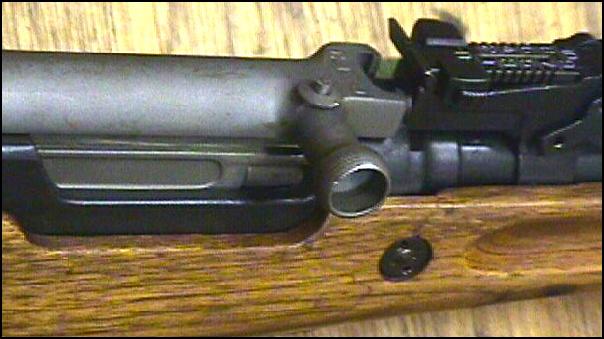
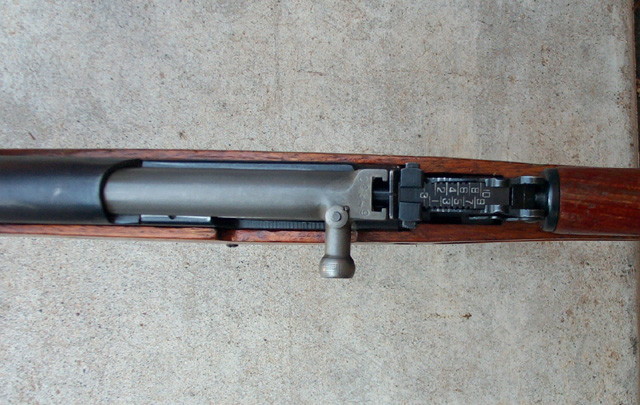
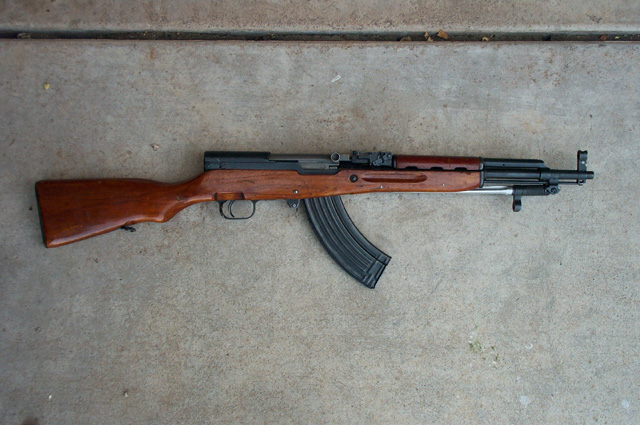
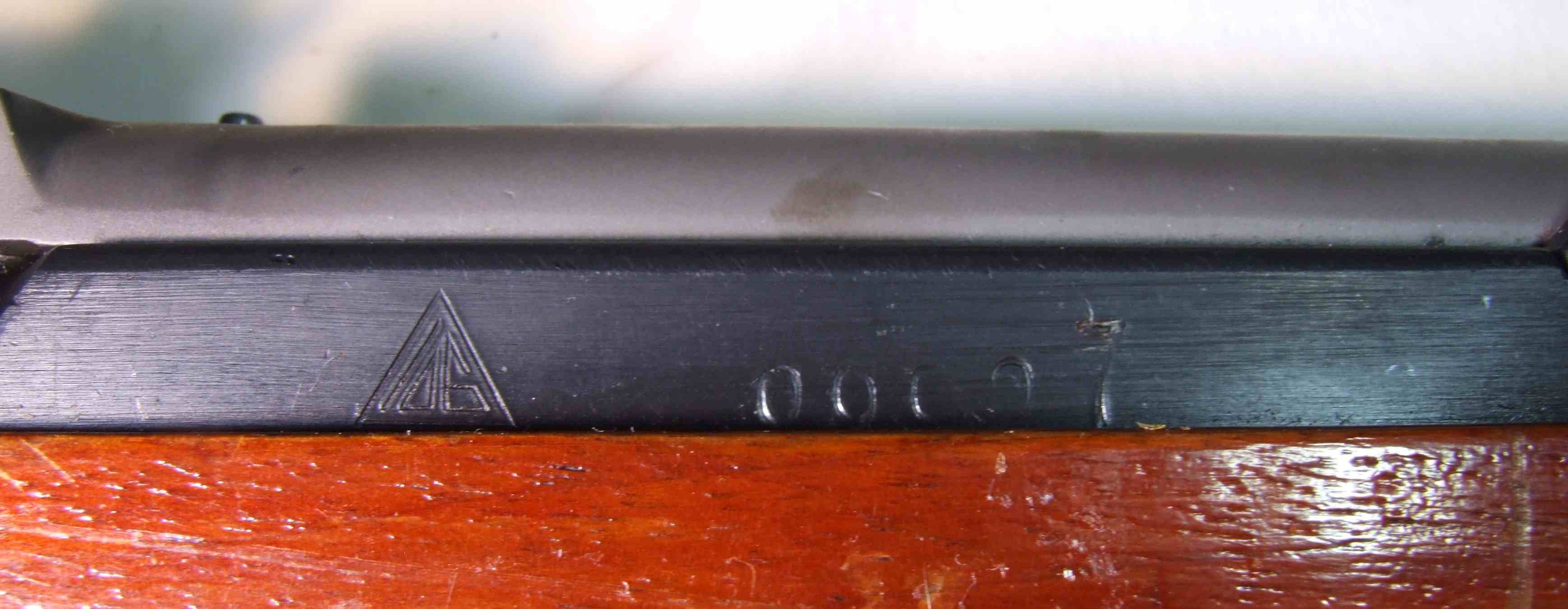
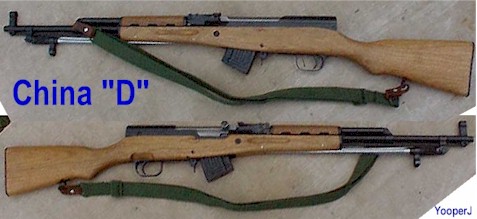
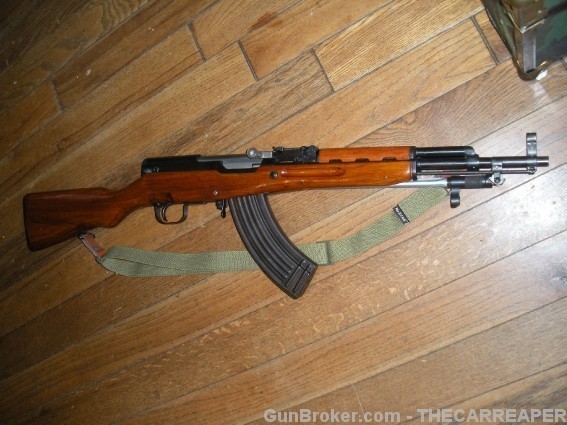
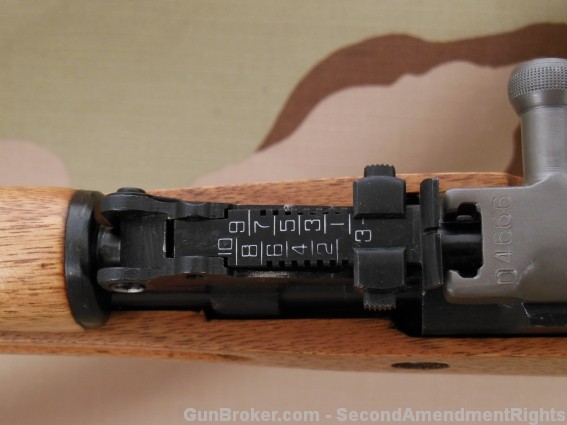
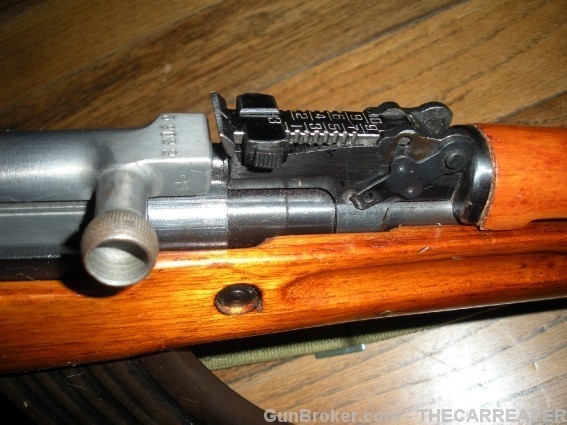
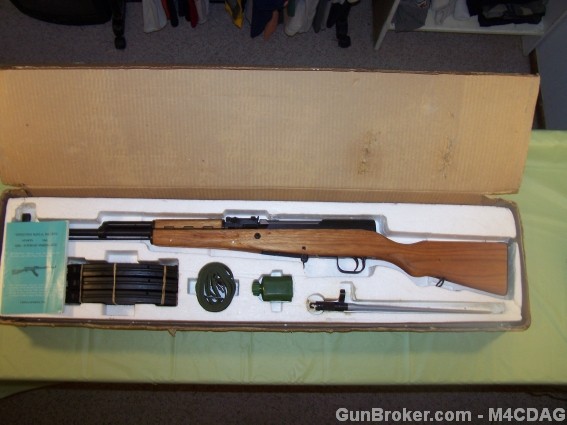
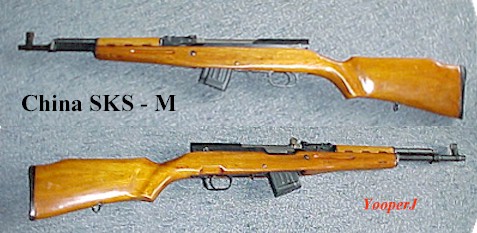
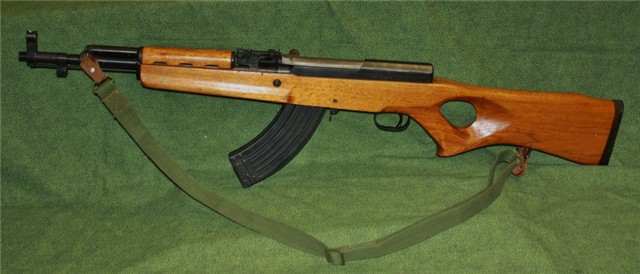
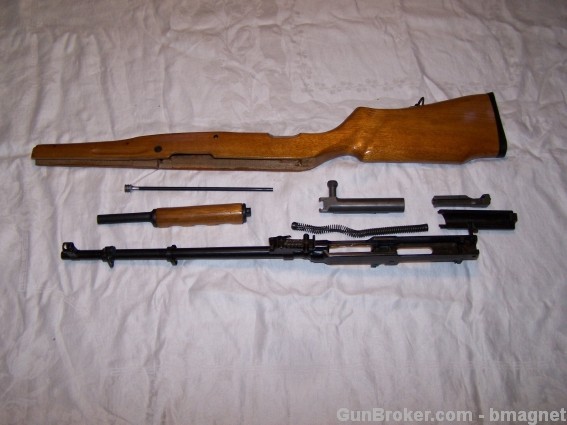
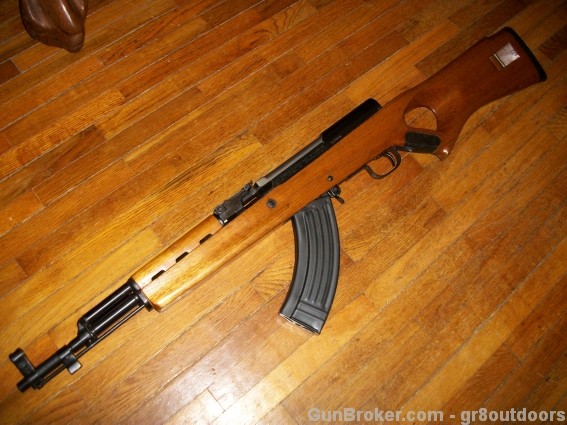
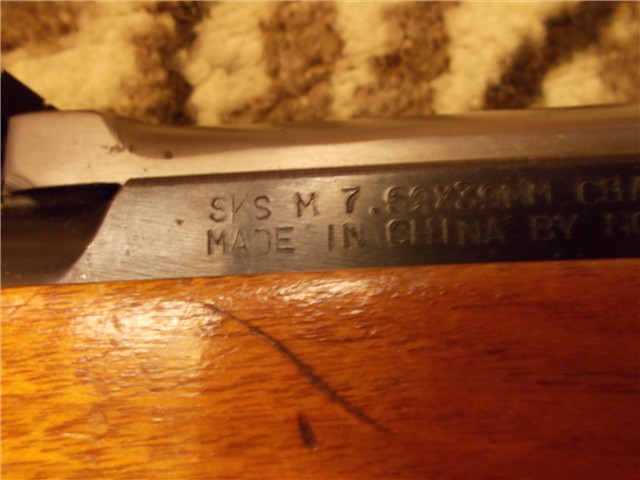
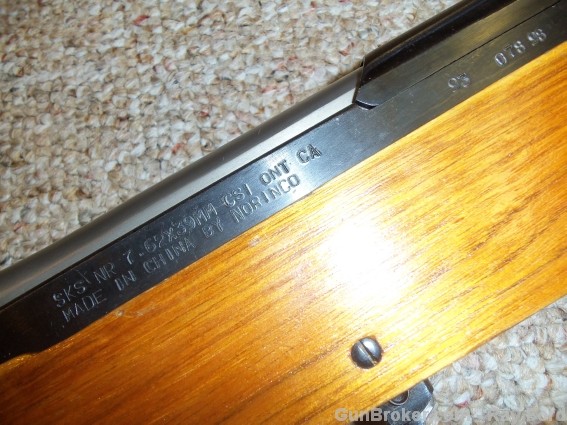
.png)
.png)
.png)
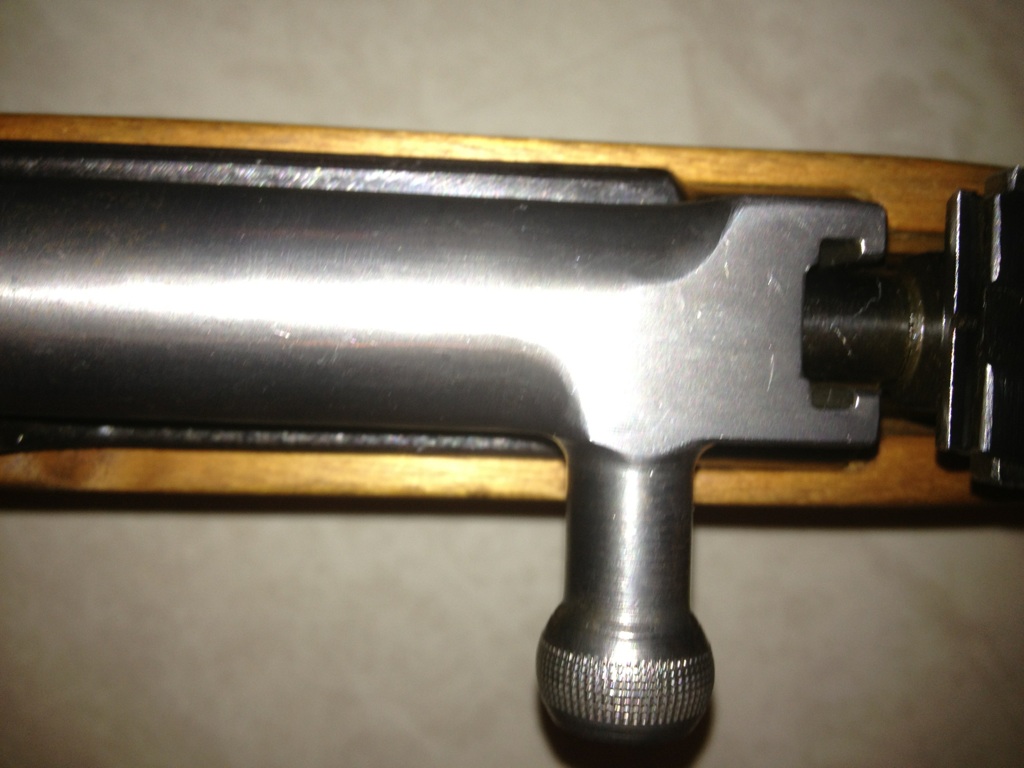
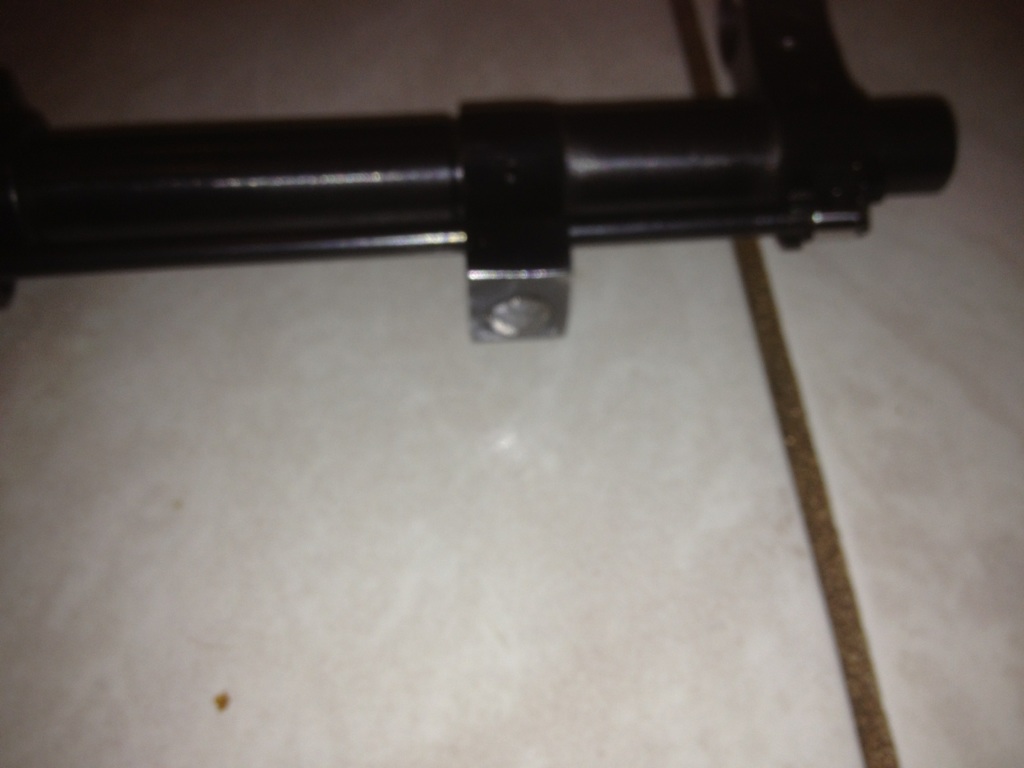
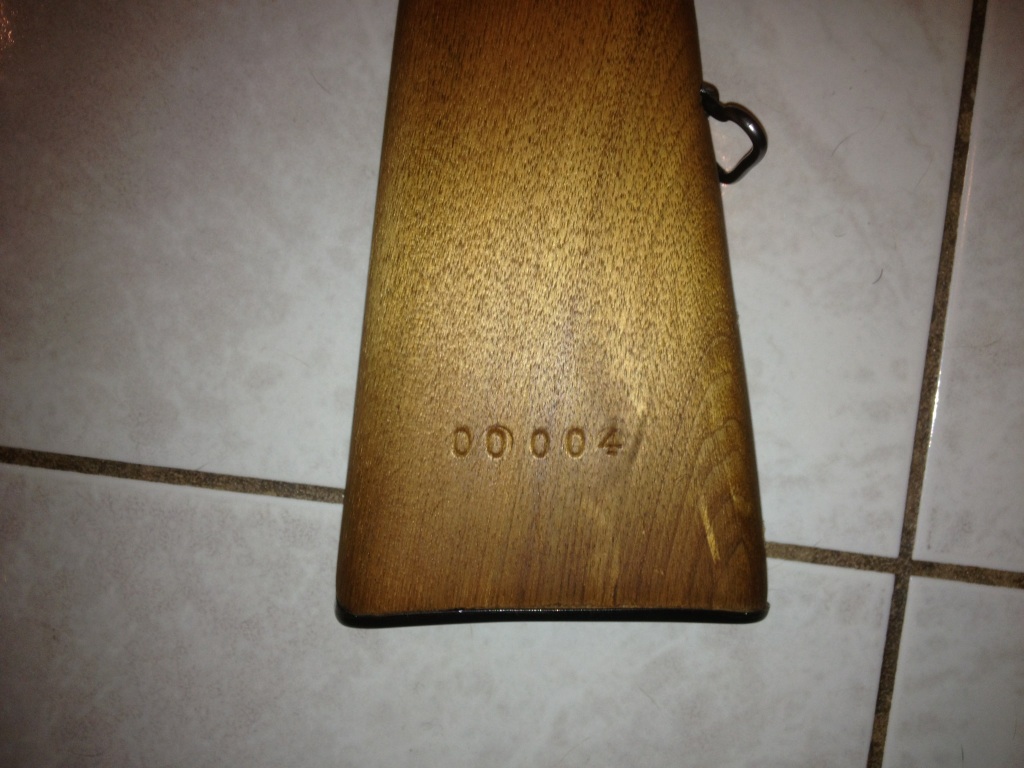
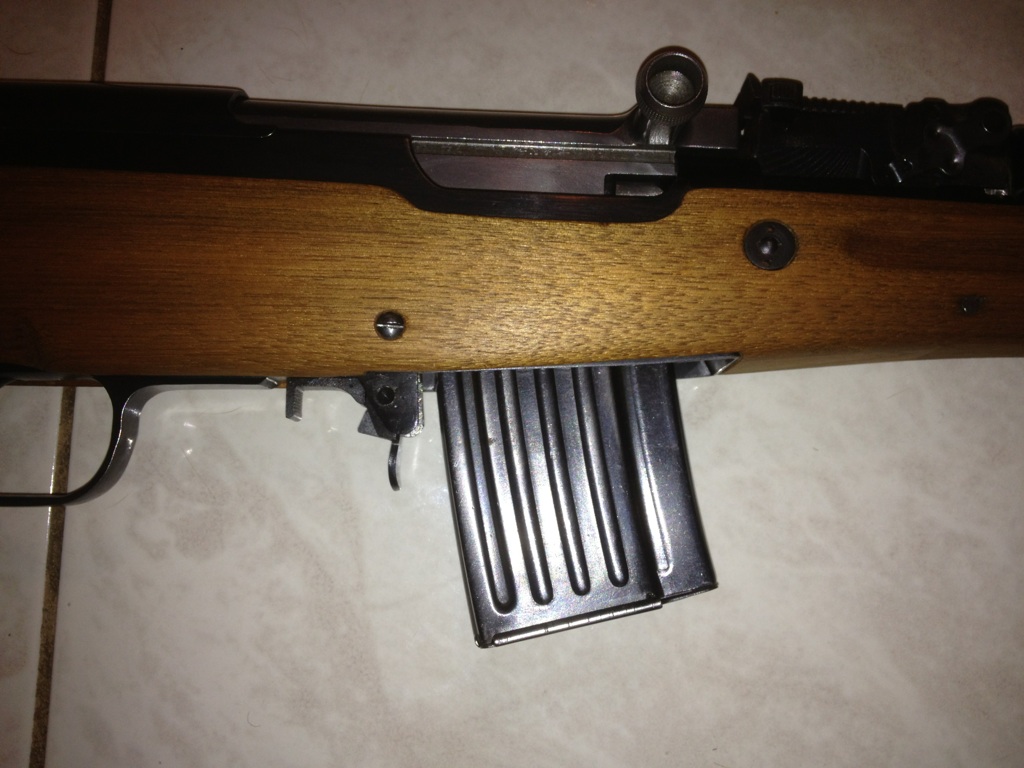
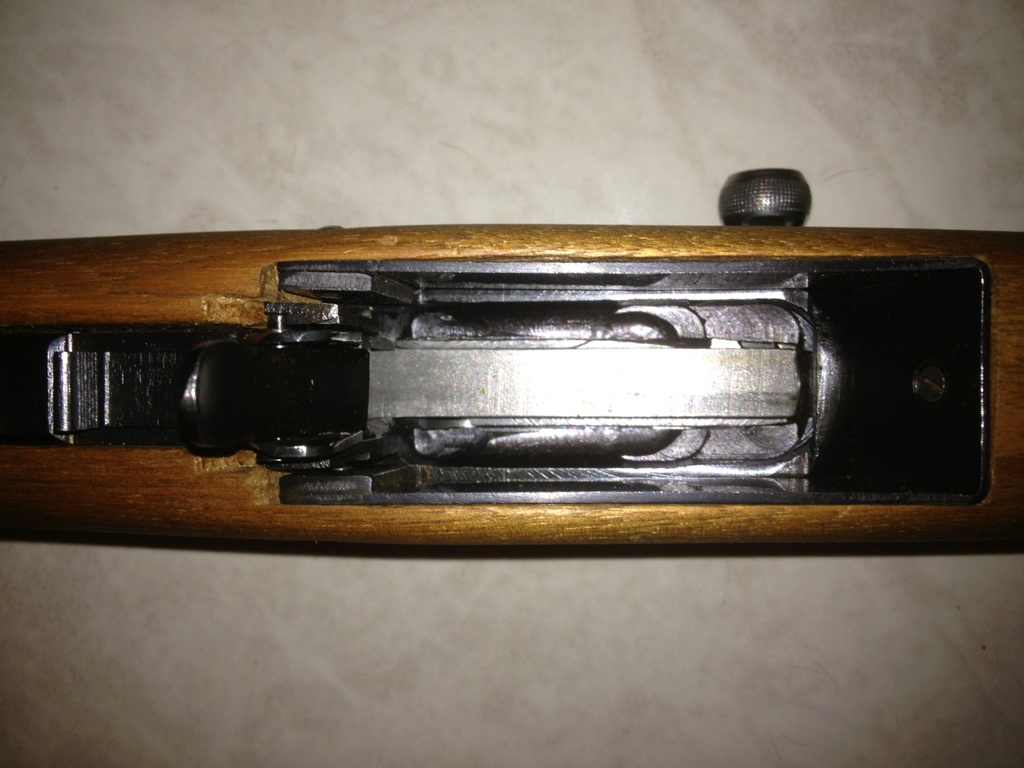
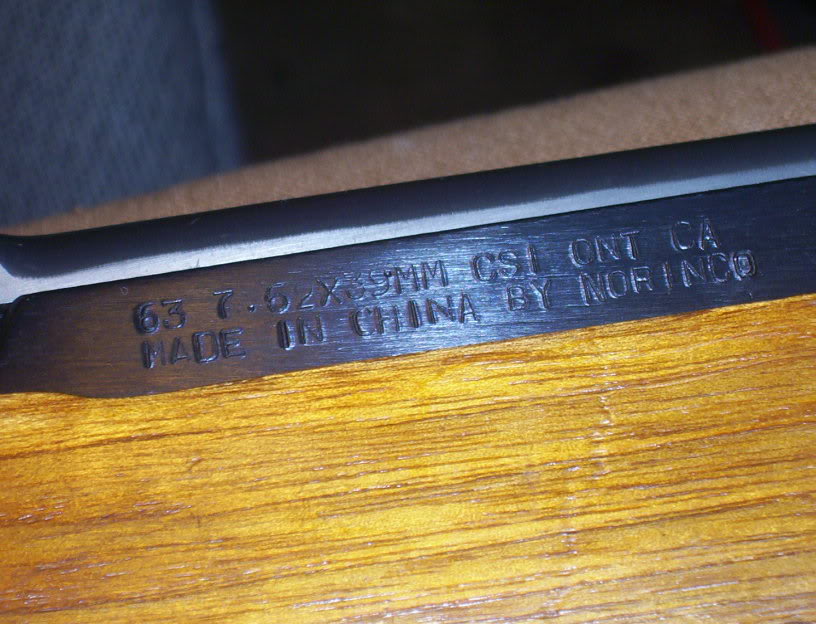
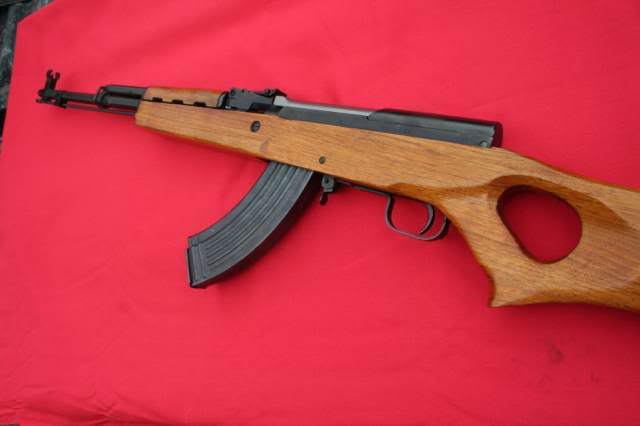
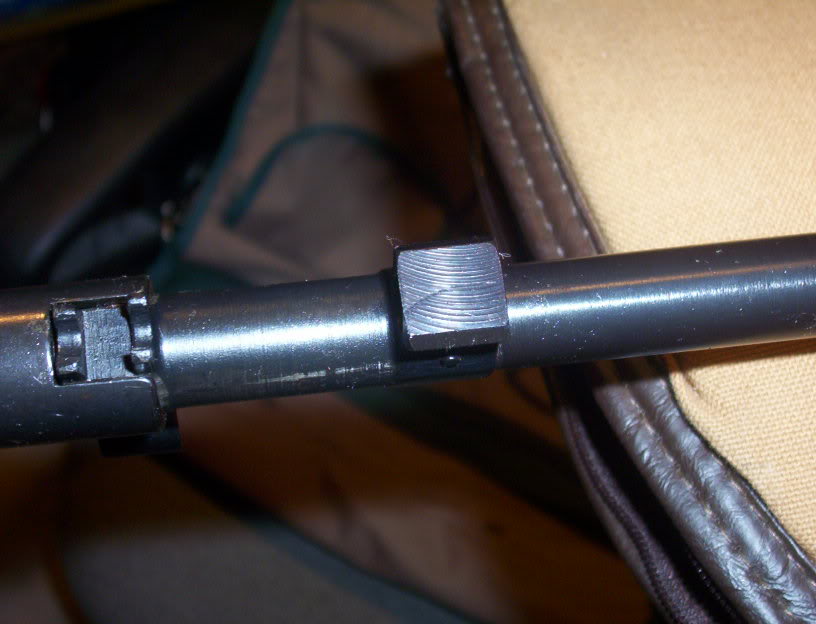
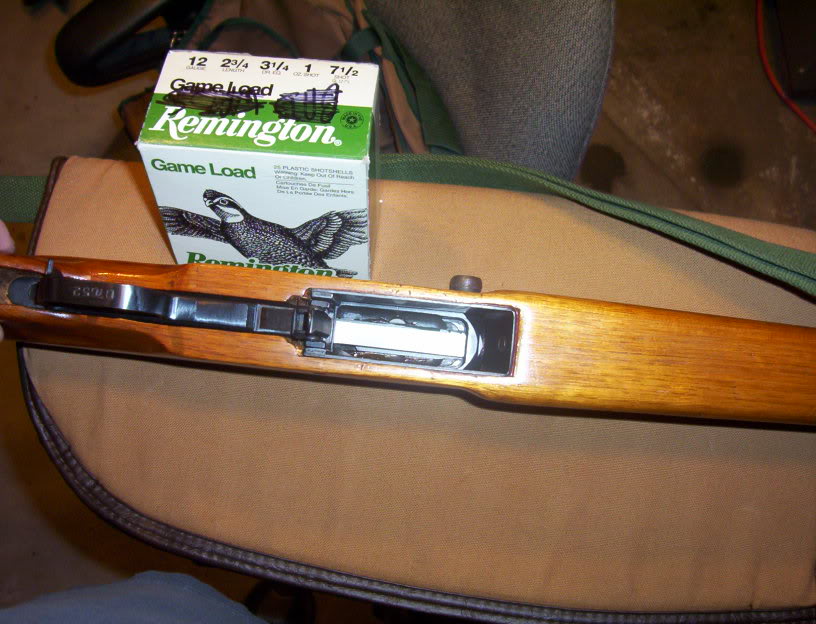

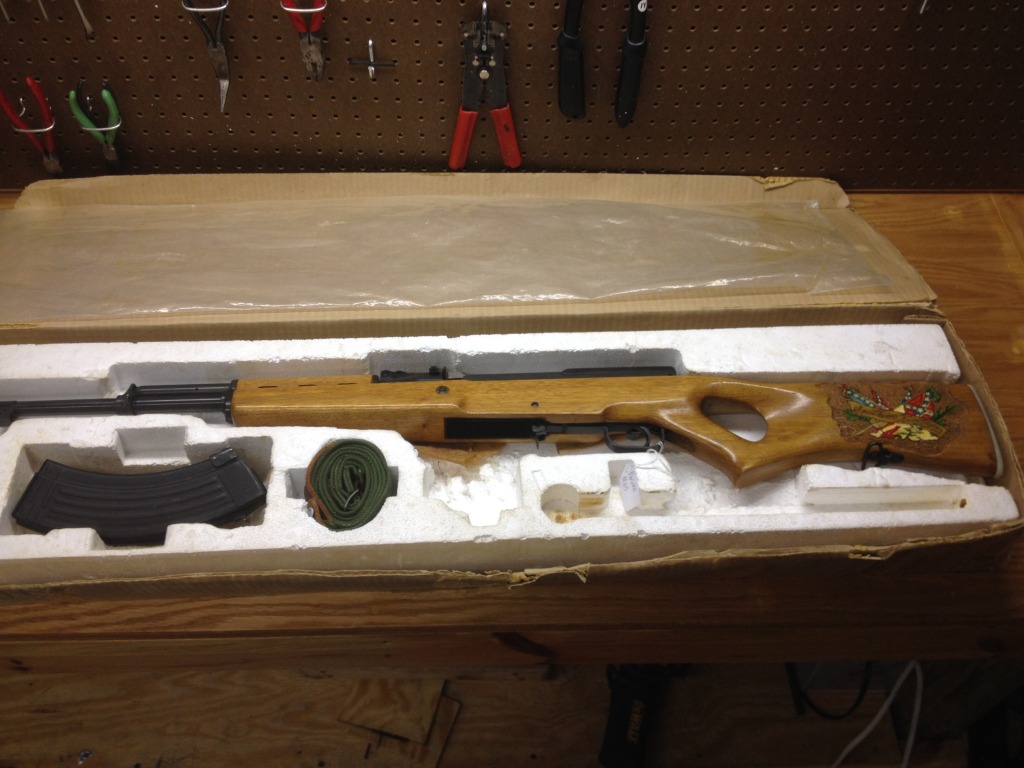


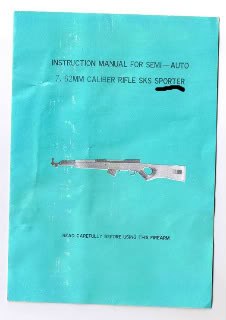
 Click
on mailbox to email
me
Click
on mailbox to email
me 